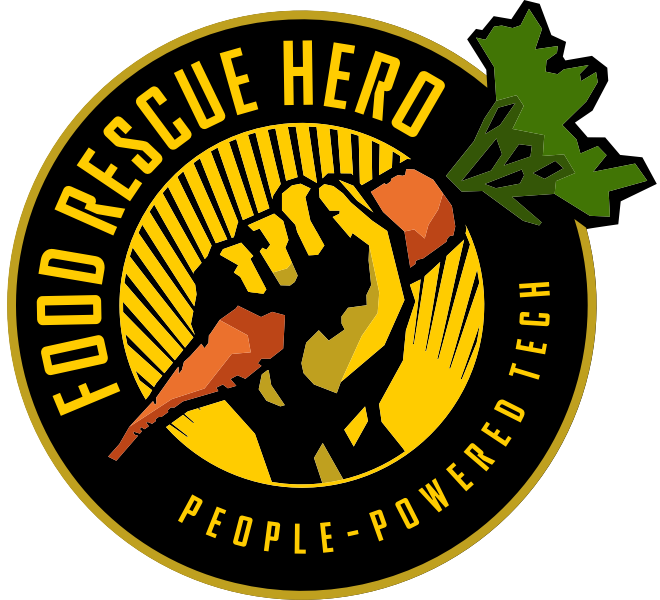The findings represent a stark call to action for food businesses, funders, policymakers, and other food system stakeholders to dramatically ramp up the investments, operational changes, and policy shifts that are critical to cutting the amount of food going to waste in the country.
CO2 + Greenhouse Gas Emissions
Impact

In April 2023, ReFED released new estimates on the extent, causes, and impacts of food loss and waste in the United States, as well as an updated analysis of the solutions needed to fight it.

The Food Rescue Hero™ Mix
Our new calculations utilize the updated CO2eq (carbon dioxide equivalent) conversion factors built by ReFED, which we believe to be the best available.
When donor and food types are known, we use that information to calculate the expected CO2eq of that food being donated as opposed to the CO2eq of that same food going to landfills. The difference between those values is the mitigated CO2eq value.
ReFED uses what they refer to as a “standard mix” of food for instances where the food may be a variety of items; but rescued food has a different mix from what other industries may consider a “standard” mix. Categories like “other” or “mixed” groceries tend to have a certain specific composition when we are talking about rescued food.
We have implemented our own rescue mix that applies a conversion factor that more closely resembles the makeup of food that is rescued by our network of Food Rescue Hero partner organizations. This value allows us to be dynamic and account for the “typical rescue” and provide the best possible CO2eq metrics to our partners.
In 2021 the U.S. generated 91 million tons of surplus food.

of the U.S. food supply

6%
of the country’s annual greenhouse gas emissions
The equivalent of driving 83 million passenger vehicles for one full year.
While 80% of total surplus food was edible parts

…less than 2% was donated.
Beyond emissions, producing food that goes unsold or uneaten uses:

22% of U.S. freshwater

16% of cropland
What’s more, the amount of food that goes uneaten is the equivalent of
149 billion meals
that could have gone to the 10% of Americans who struggle with food insecurity.



